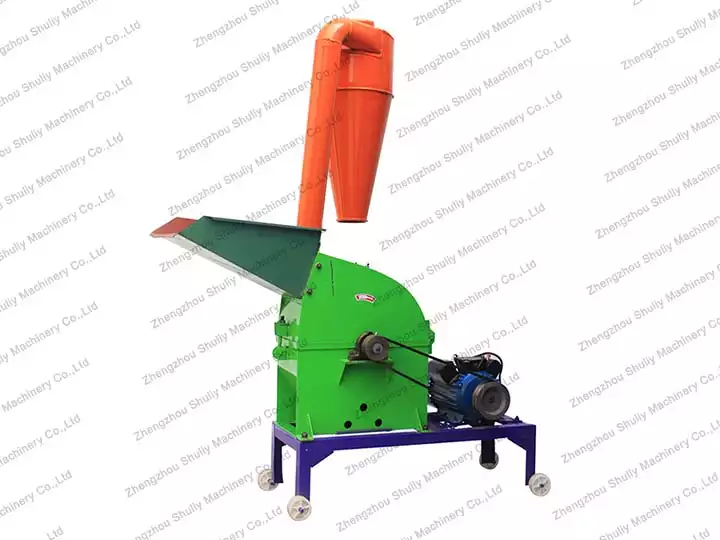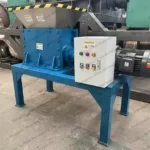
Fish shredder machine: crushing fish in the fishmeal production
June 26, 2023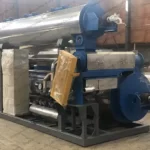
Fish meal plant South Africa: profitable investment
July 5, 2023In the fishmeal production line, grinding is an important process after drying fishmeal, so the fish meal grinding machine is used. Although the moisture content of fishmeal can be reduced to the desired level after drying, the role of grinding cannot be ignored. The following will explain why grinding is necessary after drying fishmeal.
More uniform & finer fishmeal particles
After drying, fish meal may form larger particles, which are not easily distributed evenly in feed formulation. By using the fish meal grinding machine, the fish meal particles can be finer, so that they can be more evenly mixed in the feed and improve the homogeneity of the feed.
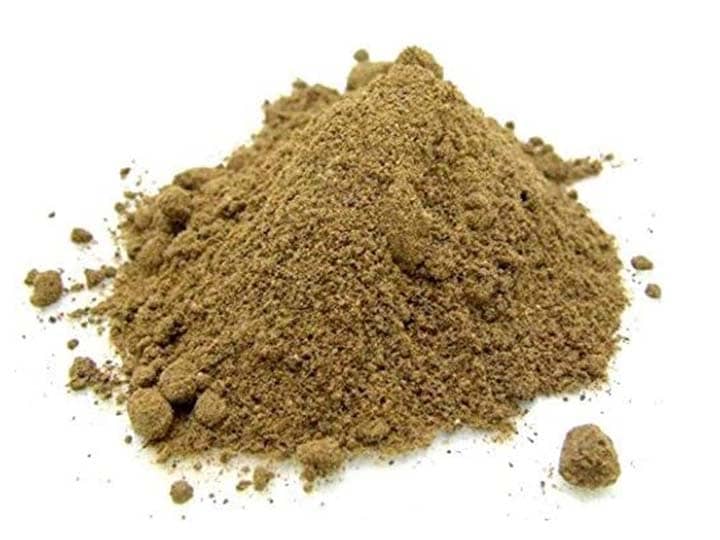
Improve the solubility of fish meal
During grinding, the surface area of fish meal particles increases, which helps the water in the feed to be better combined with fish meal. This allows the fishmeal in the feed to be dissolved and digested more quickly, improving the utilization of the feed.
Enhance the stability and storability of fishmeal
Larger fishmeal pellets tend to clump or absorb moisture during storage, resulting in a loss of quality. If using the fish meal grinding machine, the voids between the particles can be reduced, resulting in a more uniform distribution of fishmeal, reducing the risk of agglomeration and improving the storage stability of fishmeal.
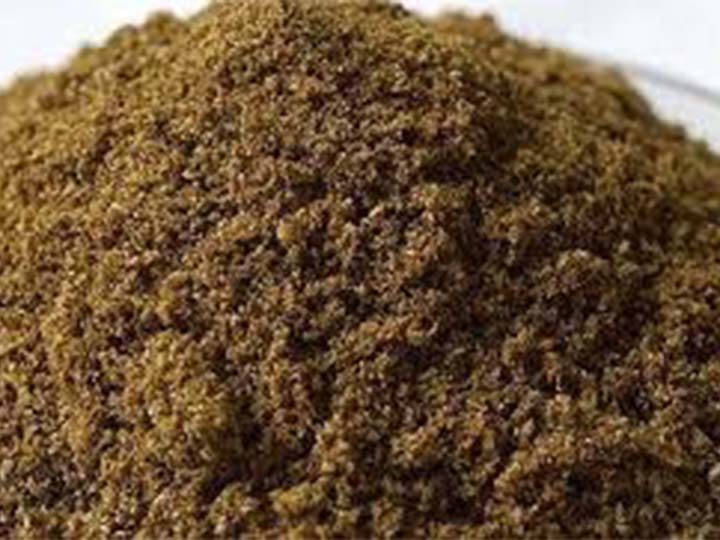
Increase the nutritional value of fishmeal
Larger pellets may contain internal parts that are not fully dried or not fully broken. The fish meal crusher machine can mill them, which allows for fuller exposure of these fractions to the feed, improving their availability and nutritional value. This is essential to provide high-quality feed and to meet the nutritional needs of the animal.

